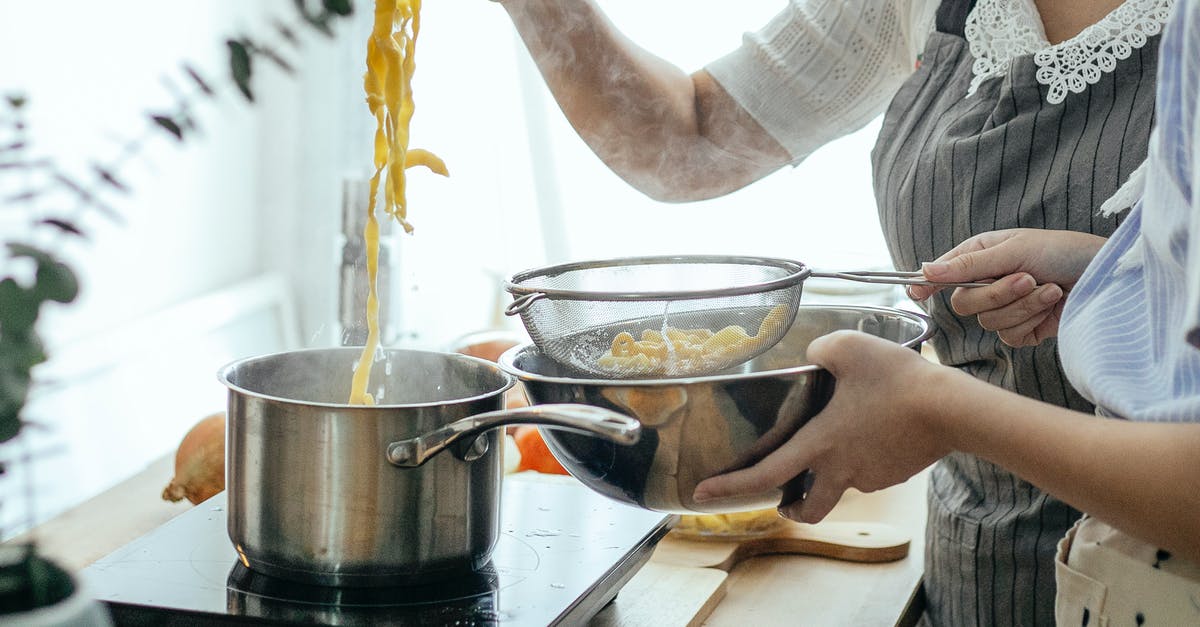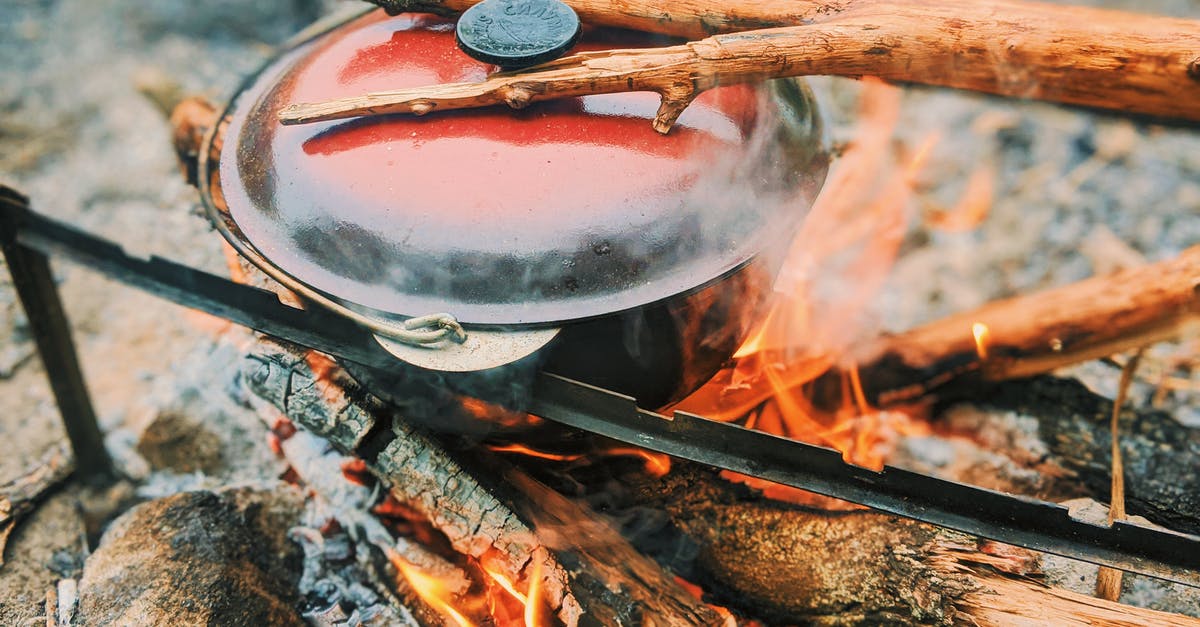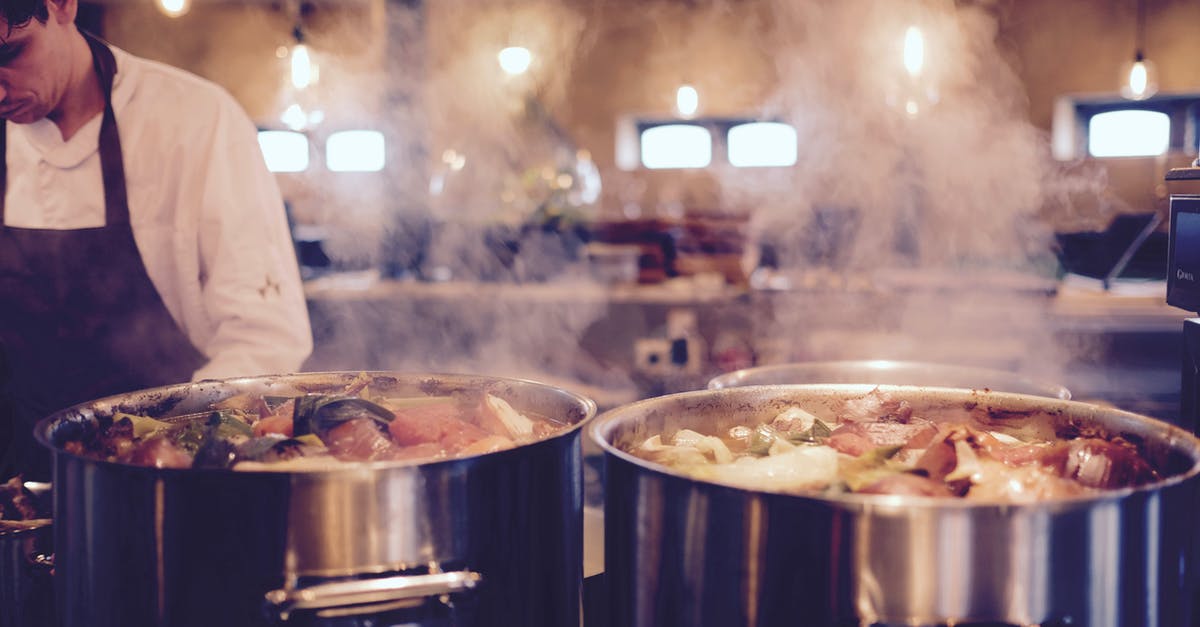slow cooker / crock pot temperature confusion (everything boils)

On a whole I'd like someone to explain how slow cooker / crock pot recipes are supposed to work?
I mean they tell you to cook xxx all day on high, or yyy for 6 hours on high then switch to low, etc, etc, etc.
BUT, the actual devices themselves whatever name they go by (slow cooker, crock pot, etc) are completely un-standardized. So "high" for one brand might very well be low for another brand. How then can I trust or follow slow cooker "recipes" (double-quotes intentional)?
To give a frame of reference, when a recipe says to cook under 15 PSI in a pressure cooker or 230 C in an oven, it's much clearer what the inputs should be and what results I can expect.
About a year ago, I tried to follow some slow cooker recipes and found that the particular slow cooker I have (a cheapo Ronson one) would boil its contents even on "low" setting. Surely that wasn't slow cooking? And even with it boiling its contents, I still found that a longer cook time is needed than the recipe states. I'm not familiar with what the outputs should look/taste like (it was a black beans soup IIRC); the impreciseness of the whole experience just put me off slow cookers.
Recently I got a PID controller that holds my cheapo Ronson within 0.1 oC of my specified temperature (for sous vide cooking). So I'd like to try slow cooking again. What temperature should I use when I see "high" or "low" on recipes? And where can I get some reliable recipes?
Wikipedia says 77 oC for "low" and 88-93 oC for "high". But 88-93 is a broad range.
I see this question is asking something similar, but got no answer.
Best Answer
It sounds like you were expecting slow cooking to be like sous vide. Well, it's not. The point isn't controlled sub-boiling temperatures, it's something on the border between simmering and boiling for foods that just need a long time to cook at that approximate temperature.
Slow cooker recipes are not supposed to be very sensitive. They're expecting to be approximately boiling for most of the time, and the difference between low and high is pretty much whether the boil is marginal or a bit more substantial. In many cases, this just matters because the quantity in the pot varies, and it takes more to keep the stuff at the top hotter if it's farther from the bottom, or if it hasn't all cooked down into the liquid yet. In either case, it shouldn't be a full rolling boil; it's just boiling on the bottom, so the rest of the liquid is probably a bit below the boiling point. And yes, this is still slow cooking. It's not boiling fast enough to lose a huge amount of liquid (or worse, boil over) with the lid on.
I wouldn't really try to assign temperatures to slow cooker recipes. Like I said, they shouldn't be that sensitive. If your bean soup recipe didn't work, maybe it was a bad one. But "reliable" in the context of slow cooker recipes doesn't mean "exact times and temperatures". They're generally things that will be perfectly fine if you cook them 25% longer. Not everything in the kitchen has to be precise and formulaic; slow cookers and slow cooker recipes take advantage of that fact. And even if you do try to calibrate, you'll have trouble, since there's a temperature gradient from bottom to top. Unlike sous vide, a slow cooker is not constantly well-mixed. In equilibrium it'll be boiling at the bottom, and 10-20 degrees cooler at the top.
If you really wanted to use a sous vide controller, I imagine something like 95-98C would work for basically every slow cooker recipe, no matter whether they say high or low. Of course, mixing thoroughly enough to make your controller actually work, you may be overstirring whatever you're cooking. But the point is, things you cook in a slow cooker aren't really going to care much what the exact temperature is; it just matters that it's hot, near boiling, and not boiling so fast that it sticks on the bottom or loses a lot of liquid.
Finding reliable recipes... Well, it's like anything else. If you're looking on the internet, you have to learn to judge for yourself and look for warning signs, or stick to sites with lots of reviews. You also have to accept that sometimes you have to test for doneness and be flexible about time. This isn't really unusual; baking recipes should always have some kind of test ("until golden brown") and the actual baking times will vary. (With something like bean soup, sure, maybe the recipe was bad, maybe you didn't soak enough, maybe the beans were a little different. A stovetop recipe wouldn't have been precise either.) If all that isn't good enough for you, buy a slow cooker cookbook; tons of those have been published in recent years.
Pictures about "slow cooker / crock pot temperature confusion (everything boils)"



Why does my crockpot boil on low?
Crockpots deliver constant heat to the food for long periods. The food temperature inside the crockpot rises until it reaches boiling point, which causes the liquid closest to the hot surface to boil quickly. On a low setting, a crockpot will start to gently boil after about 4-5 hours.Why does my crock pot overcook everything?
Anything less may cause your food to overcook, and conversely, if it's too full, your food may not cook fully. 8. You're not layering your food. Keep in mind that since the heat source of slow cookers like the Crock-Pot is at the bottom, you should first throw in the food items that take the longest to cook.Do slow cookers boil things?
You can boil water in a crock pot, but it will take about 2 hours or longer on the High setting. The exact time will vary depending on the amount of water and model of slow cooker. In addition, the water inside a crock pot will likely stabilize at a simmering boil and may never reach a full rolling boil.Do slow cookers reach boiling point?
Whether you use the Low or High setting on a slow cooker, the food within the crock pot will eventually reach a maximum temperature at or just below the boiling point (~212 degrees Fahrenheit).SLOW COOKER POT ROAST | an easy crock pot roast for dinner
More answers regarding slow cooker / crock pot temperature confusion (everything boils)
Answer 2
Thanks to Cooks Illustrated/America's Test Kitchen going out and testing a lot of slow cookers as part of writing Slow Cooker Revolution—which I'd strongly recommend if your goal is to get tasty results, not just no-effort ones—and also a fair bit of personal experience, I can state that different slow cookers reach different temperatures, and it matters quite a bit.
The basic procedure (for a 6qt slow cooker) is fill with 4qt water, turn on high for 6 hours, and use an accurate thermometer to measure the temperature.
In some slow cookers, the result is 212°F (100°C), a nice boil. Best course of action is to discard said slow cooker. Or return it to the store if still in return period.
I've owned ones that get up to 100°C and really, they burn the food, they cook it to death, etc. I've owned ones that run at 205–207°F on high (and around 200 on low), those work much better.
Cooks Illustrated says that it needs to be above 190°F, or things won't cook adequately, and below 212°F. They have two slow cookers which they tested and think cook the best, they reach:
- low: 195°F, 199°F
- high: 207°F, 204.5°F
Yes, that's one at 195/207°F and the other at 199/204.5°F. They also measured how long it takes to get to temperature—2 to 3 hours on high, 5 to 7 on low.
I think if you set your PID controller to the 199/204.5°F temperatures, you'll get good results. And I suspect you'll be right in the middle of the time ranges given in Slow Cooker Revolution.
Answer 3
As my answer on the other question you referenced shows, typical in slow cookers, "high" and "low" do not refer to temperature -- they do not contain a thermostat. Rather, "high" and "low" refer to the power of the heating elements.
(If you need a refresher on the difference between "temperature", "heat" and "power", now's a good time to go to your high school text books).
The heating elements are on constantly, one for "warm", another for "low", both for "high" (on cheaper models). The ceramic pot spreads the heat so that the food doesn't burn. Some of the heat is lost through the walls. Some of the heat raises the temperature of the contents. If some of the liquid content reaches a temperature where it evaporates, then that's what happens, and the heat is used up that way instead.
The slow cooker has no way of knowing what temperature your food is at, or whether it's boiling. It just keeps pumping out heat. However, typicvally the designers have picked suitable powers such that:
- "high" will bring a full pot of cold-ish contents to boiling point in 20 minutes or so, but it's not powerful enough to power a full rolling boil.
- You can turn it on, do something else for "a while", then come back to turn it down to low.
- It will never boil over, but if left for a long time it could conceivable boil dry.
- "low" will bring take an hour or more to bring a full pot of cold-ish contents to boiling point. Once at that point, it will fuel a very gentle simmer indeed.
- This means it takes a long time to cook, because for a good chunk of the first hour, it's not hot enough to be cooking.
- You can leave it all day long, with no fear of it boiling dry.
- "warm" puts approximately as much heat as the designers expect to be lost out of the pot walls, so the temperature stays approximately constant.
Some models have an "auto" setting, which is effectively a timer which switches from "high" to "low" after a period - so it gets to boiling point quickly, then stays there all day.
All of this is very approximate: they are not manufactured to strict tolerances. The ambient temperature in your kitchen will affect performance -- in a cold kitchen it will take longer to reach boiling point and simmer more gently; in a warm kitchen it will boil sooner and more vigorously. Atmospheric pressure will affect the boiling point of your food.
I learned this the hard way. I thought I could be greener by wrapping the slow cooker in a towel, so less heat would be lost out of the side, and the thermostat would cut off the heaters sooner. Since there is no thermostat, however, all that happened is that the food boiled too hard.
So, recipes don't give a temperature range, because slow cookers are not set to a temperature. The temperature is "the boiling point of the contents". The recipes can work with the variety in power between different models, because they are recipes with very broad tolerances.
Good slow cooker recipes work within all of this. They are not particularly sensitive to temperature or time. For example, a stew made with a cut of meat that responds to slow, gentle cooking. A lamb shank might be done after six hours in a slow cooker - but another two or three hours won't hurt it. The classic slow-cooking scenario is that you start a meal cooking in the morning, not knowing exactly when you'll get home to eat it. So if you seek precision, slow cooking probably isn't for you.
However, there's certainly a good geeky project for someone who wants to build a slow cooker that's truly frugal with energy: add a thermostat, add plenty of insulation, have it bring the contents to (say) 100°C then keep it there with the thermostat. On the other hand, you can get similar results by simply bringing a stew to the boil then transferring the pot to an insulated box.
Sources: Stack Exchange - This article follows the attribution requirements of Stack Exchange and is licensed under CC BY-SA 3.0.
Images: Katerina Holmes, Dmitriy Zub, Timur Saglambilek, Anna Shvets
